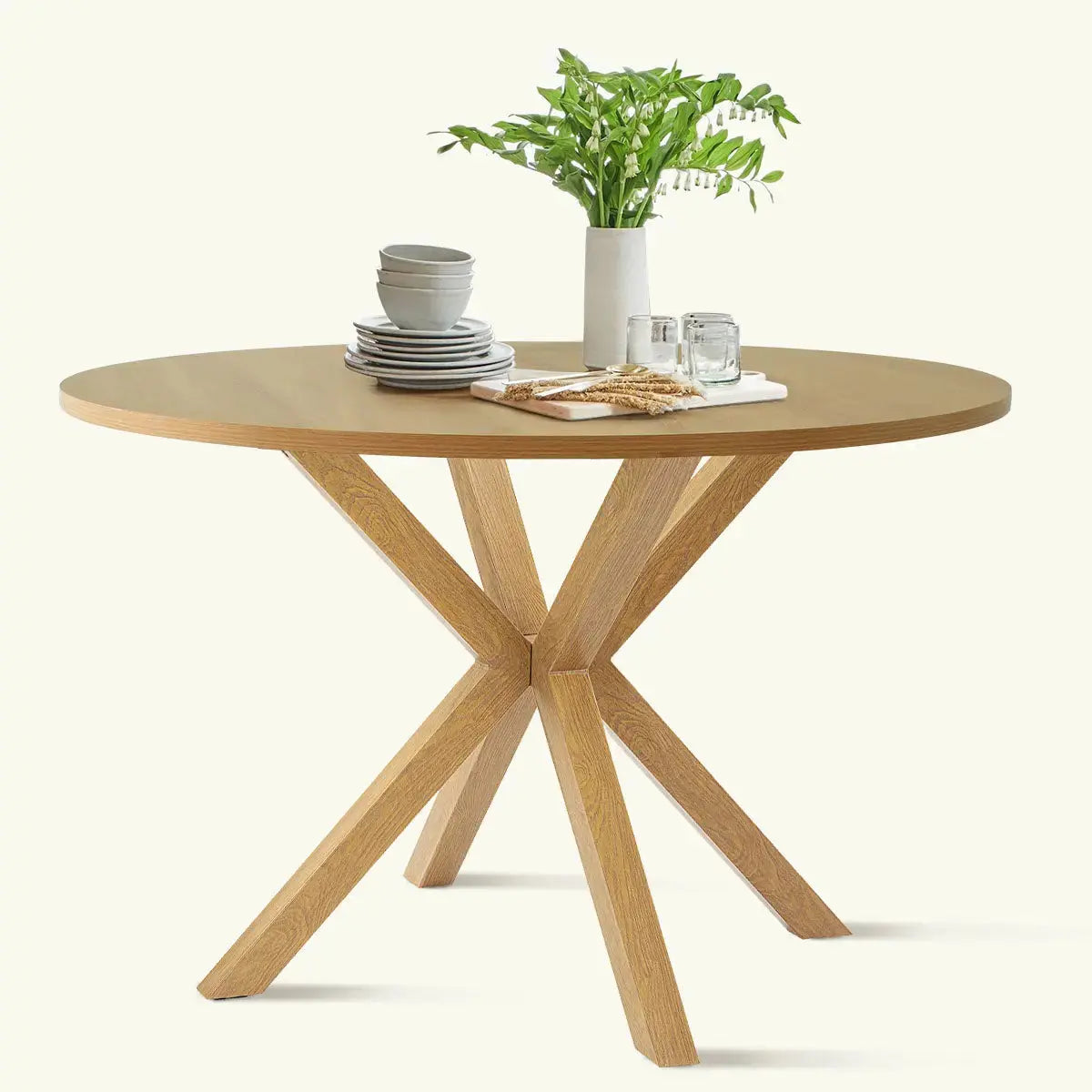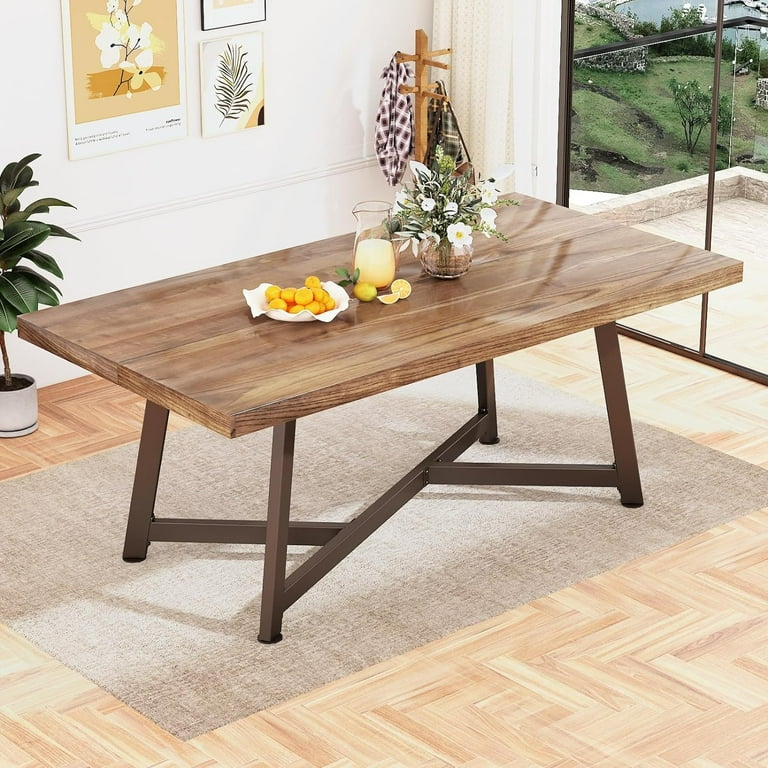How to Maintain and Care for Your Dining Room Table Legs
How to Maintain and Care for Your Dining Room Table Legs
Blog Article
From Typical to Modern: Locate the Perfect Dining-room Table Legs for Your Design
While timeless styles such as cabriole and turned legs stimulate a sense of ageless class, modern styles like barrette and geometric alternatives offer an opportunity for striking aesthetic passion. As you think about these components, the concern remains: just how can you seamlessly integrate these diverse leg styles to develop a harmonious eating experience?
Understanding Table Leg Styles
The selection of dining-room table leg styles can considerably affect both the appearances and functionality of the area. Each leg design adds one-of-a-kind visual elements and useful features, providing to varied style choices and usage demands. Recognizing these designs is vital for selecting the ideal table that aligns with your total interior style vision.
As an example, tapered legs supply a clean, traditional look that can boost an area's style, while pedestal bases provide stability and maximize legroom, making them ideal for smaller sized areas. Hairpin legs, a characteristic of mid-century modern design, introduce a commercial flair, enabling an airy, open feeling. Similarly, trestle legs stimulate rustic appeal, providing robust assistance and a sense of eternity.
Wooden legs can bring warmth and structure, whereas metal choices often convey a smooth, modern vibe. Eventually, recognizing table leg styles is important for producing a natural dining location that reflects personal design while ensuring functionality and comfort.
Standard Table Leg Options
When picking dining area table legs, standard choices usually embody classic beauty and craftsmanship. These designs mirror an abundant heritage and a dedication to quality, making them excellent for those who appreciate traditional aesthetics.
Among the most famous traditional leg styles is the cabriole leg, defined by its stylish curved form. This style frequently features attractive makings and is most generally found in Queen Anne and Chippendale furniture. An additional popular alternative is the transformed leg, which boasts a collection of smooth, rounded forms that provide a traditional look while maintaining stability.
Furthermore, the straight leg, while simple, supplies a unadorned and tough structure that can blend perfectly with a variety of tabletop designs. For those drawn to ornate detailing, claw-and-ball feet legs evoke a sense of grandeur and can function as a sensational centerpiece in any type of dining area.
Lastly, stand bases, although not strictly legs, provide an alternative typical alternative that permits for enough legroom and can be beautifully sculpted. Each of these standard leg styles contributes to the overall ambiance of an eating room, weding function with visual charm.

Modern Table Leg Designs
Modern table leg styles supply a diverse range of styles that emphasize tidy lines and ingenious materials. These styles commonly prioritize capability while serving as striking focal factors within an eating room. Minimalist appearances are widespread, with legs crafted from materials such as steel, glass, and engineered timber, which add to a modern and ventilated feel.
One popular layout is the hairpin leg, identified by its slender, tapered framework that supplies stability without frustrating helpful site the table top (dining room table legs). This design is typically found in mid-century modern-day furnishings and can effortlessly match different eating table shapes. Another fad is the use of geometric forms, where legs may handle angular or unbalanced types, adding aesthetic interest and a touch of creativity

Blending Styles for Distinct Rooms
Commonly, home owners look for to develop distinct eating spaces that show their individual style by mixing numerous style aspects. This technique allows for the consolidation of diverse appearances, resulting in a harmonious yet distinct atmosphere. For example, combining a rustic wood table with smooth, contemporary metal legs can develop an appealing comparison that elevates the area's general charm.
Additionally, incorporating vintage table legs with contemporary tabletops can evoke a sense of history while maintaining a modern sensibility. Such combinations not just display specific preference however additionally motivate imagination, allowing house owners to curate a space that really feels both individual and welcoming.
Color plays an essential duty in this blending procedure; selecting table legs that enhance or contrast with the existing color pattern can enhance aesthetic interest. Whitewashed legs can soften the daring of a dark table surface, developing a balanced visual.
Tips for Choosing the Right Legs
Choosing the right table legs is important for accomplishing both performance and aesthetic charm in your dining area. Begin by considering the total design of your area. Standard setups gain from legs that feature elaborate makings or transformed designs, while contemporary spaces may require streamlined, minimalist styles.
Following, assess the height and stability of the legs. dining room table legs. Typical click now table range between 28 to 30 inches in elevation, so ensure the legs enhance this dimension for comfort. In addition, durable materials, such as wood or steel, can boost security and long life
Examine the leg form as well-- options include straight, tapered, or pedestal styles. Straight legs supply a timeless appearance, while conical legs can include a touch of elegance. Pedestal bases provide sufficient legroom and are perfect for smaller rooms.
Verdict
In recap, choosing the optimal dining space table legs requires cautious factor to consider of both typical and contemporary styles. By harmonizing leg design, height, and product with the total decoration, a natural and inviting atmosphere can be attained.
The variety of dining area table leg styles can considerably affect both the aesthetics and capability of the area. Ultimately, comprehending table leg styles is necessary for creating a cohesive dining location that mirrors individual style while making certain functionality and convenience.One of the most renowned typical leg styles is the cabriole leg, defined by its stylish bent form. Straight legs provide a traditional look, while tapered legs can have a peek at these guys include a touch of elegance.In summary, picking the perfect eating area table legs requires cautious consideration of both contemporary and conventional designs.
Report this page